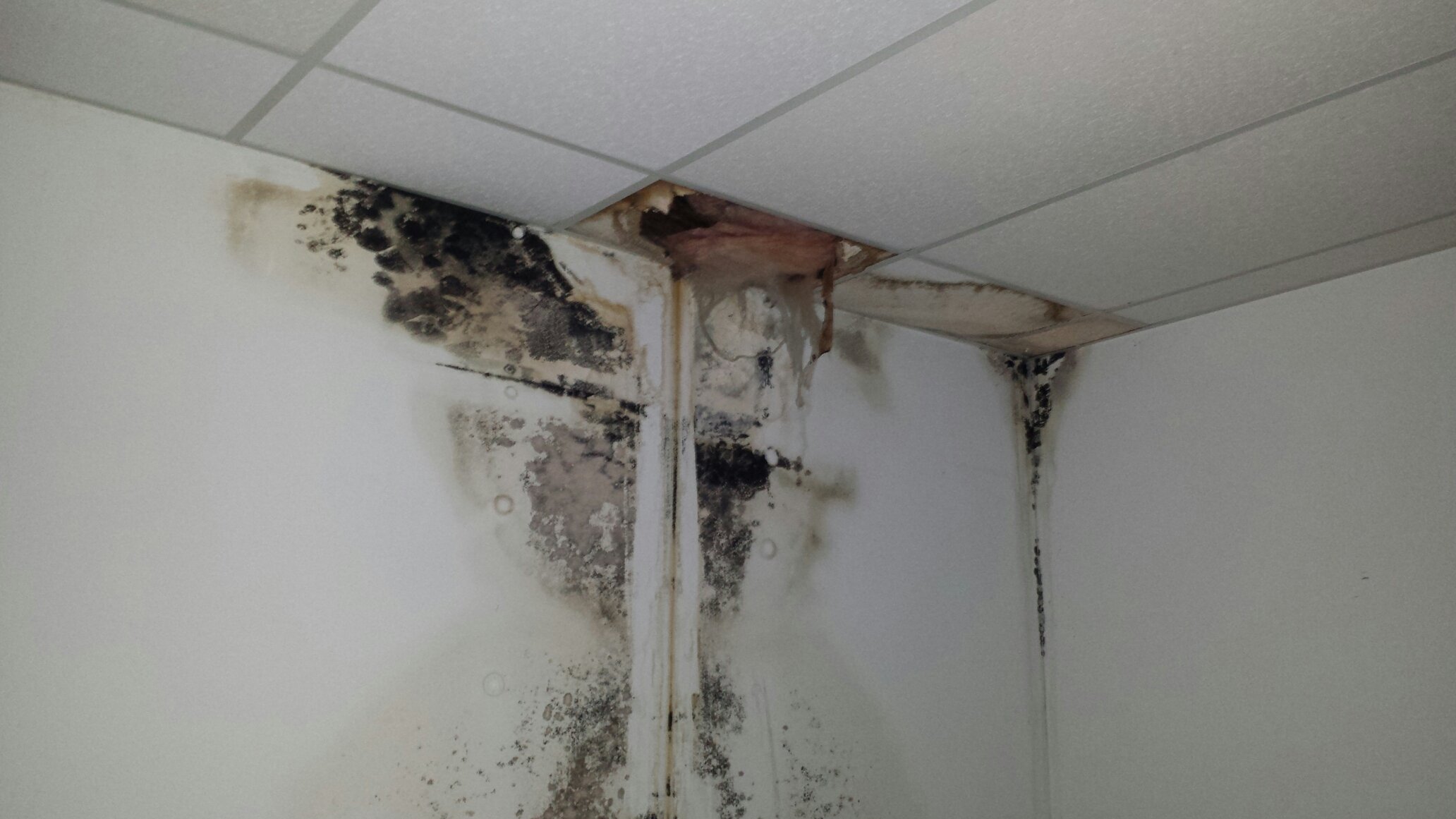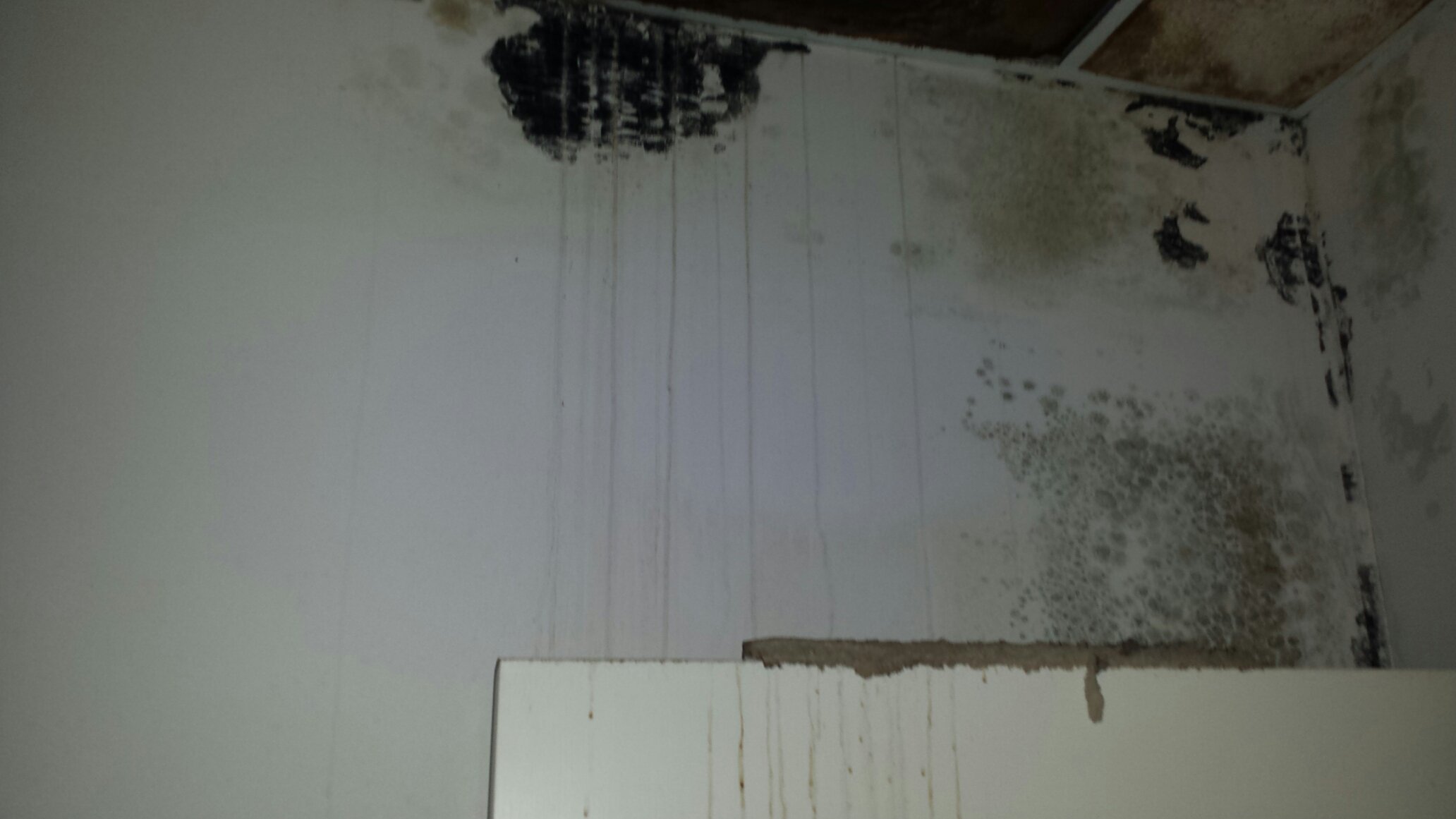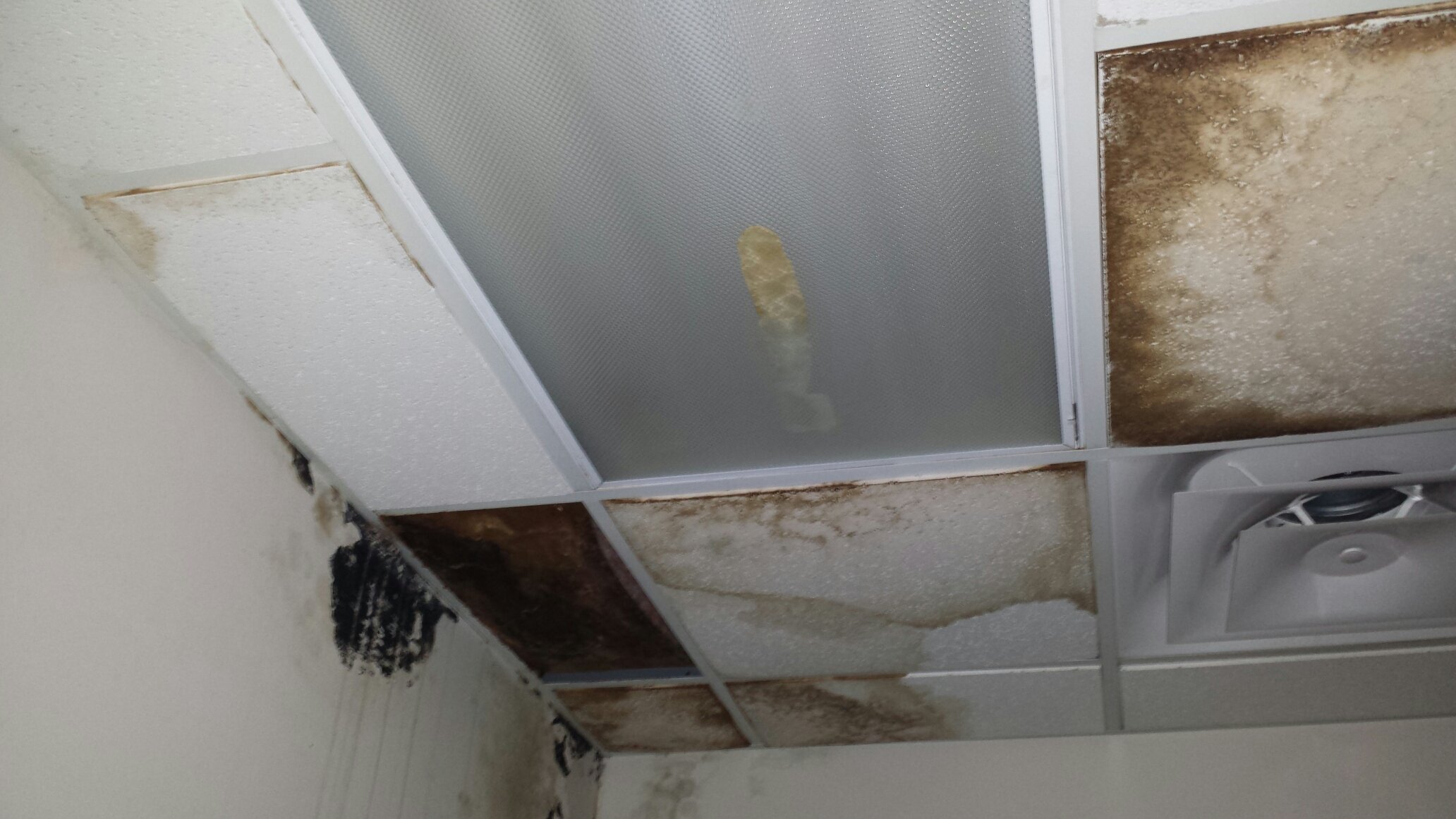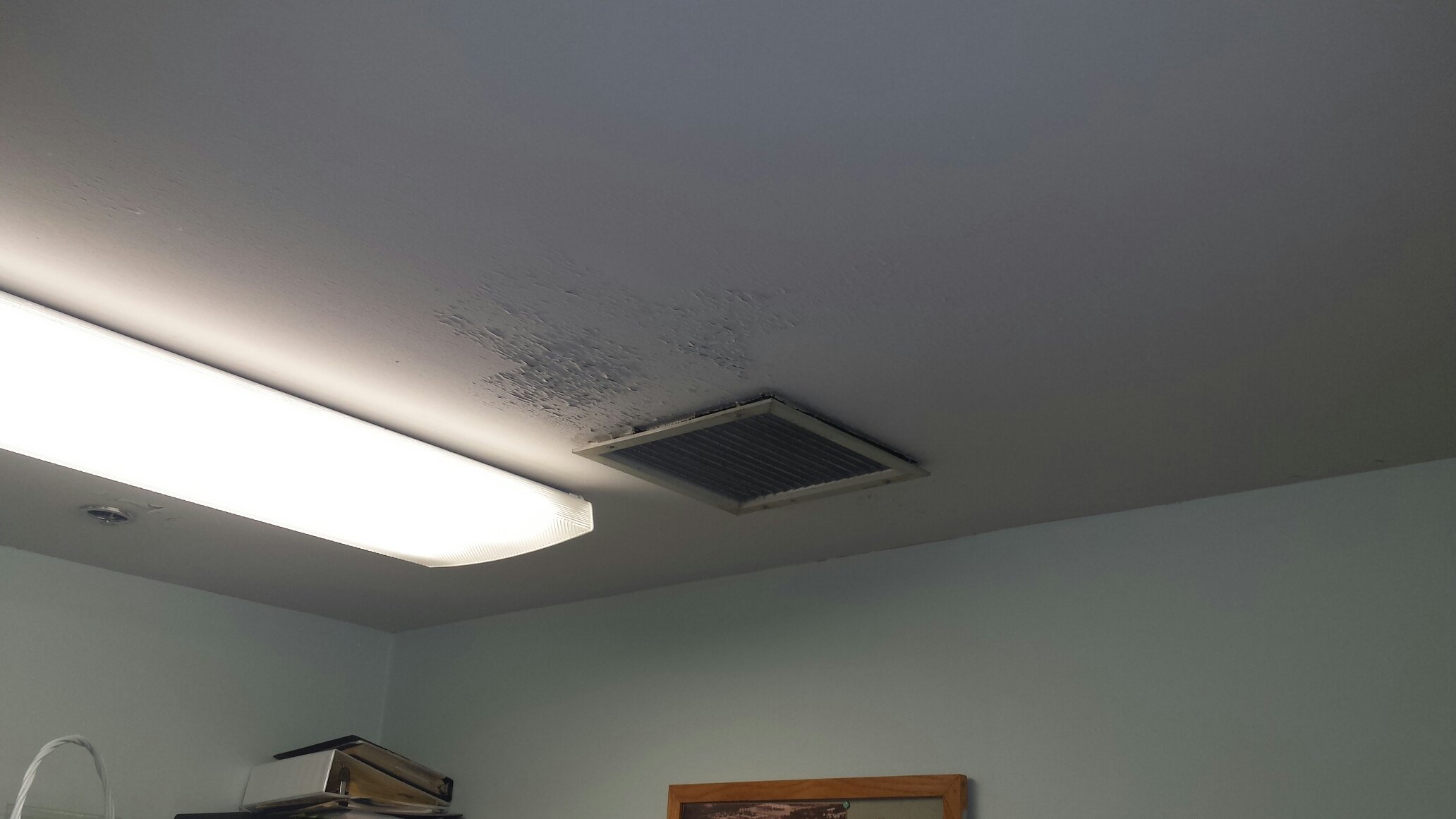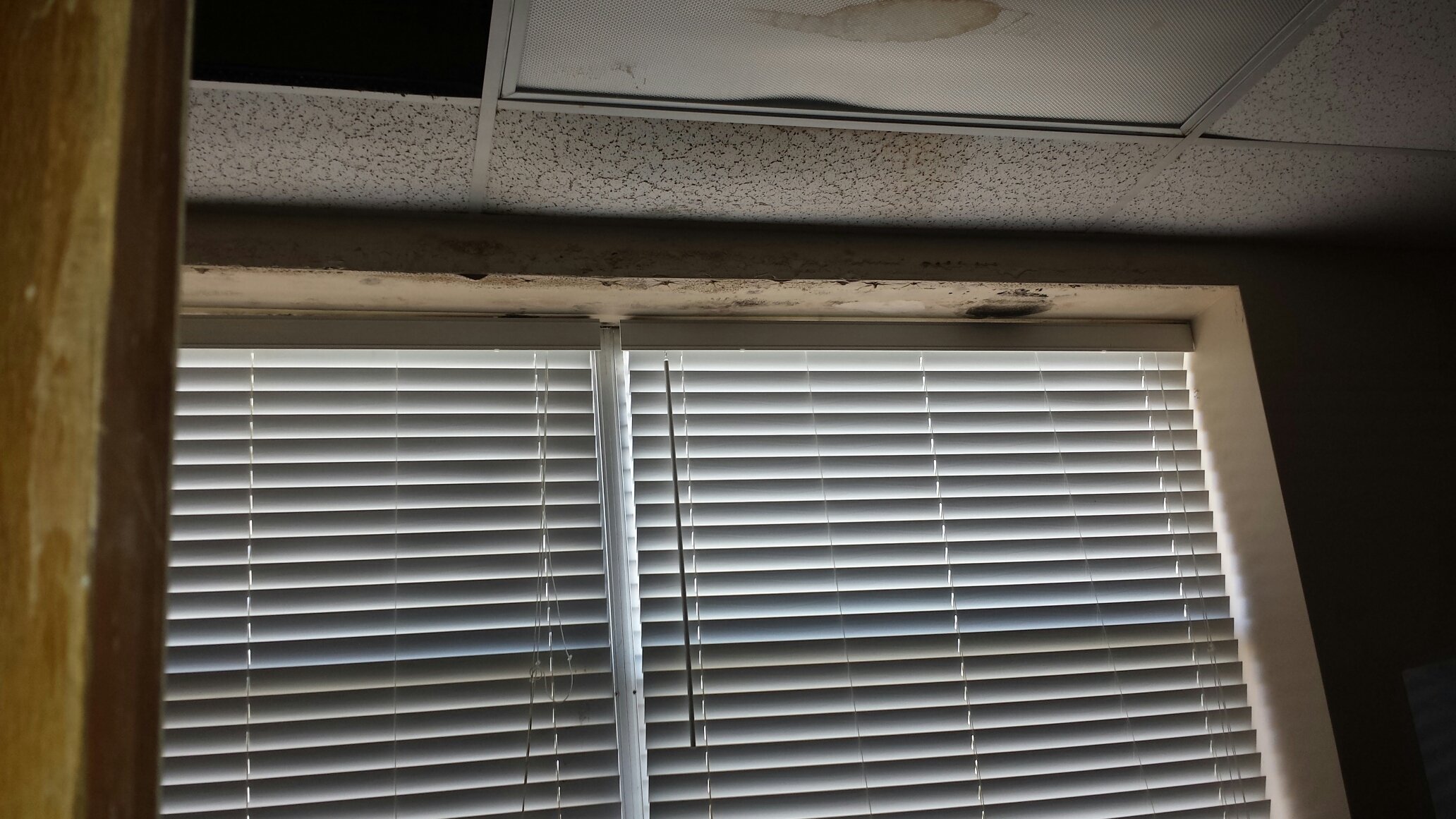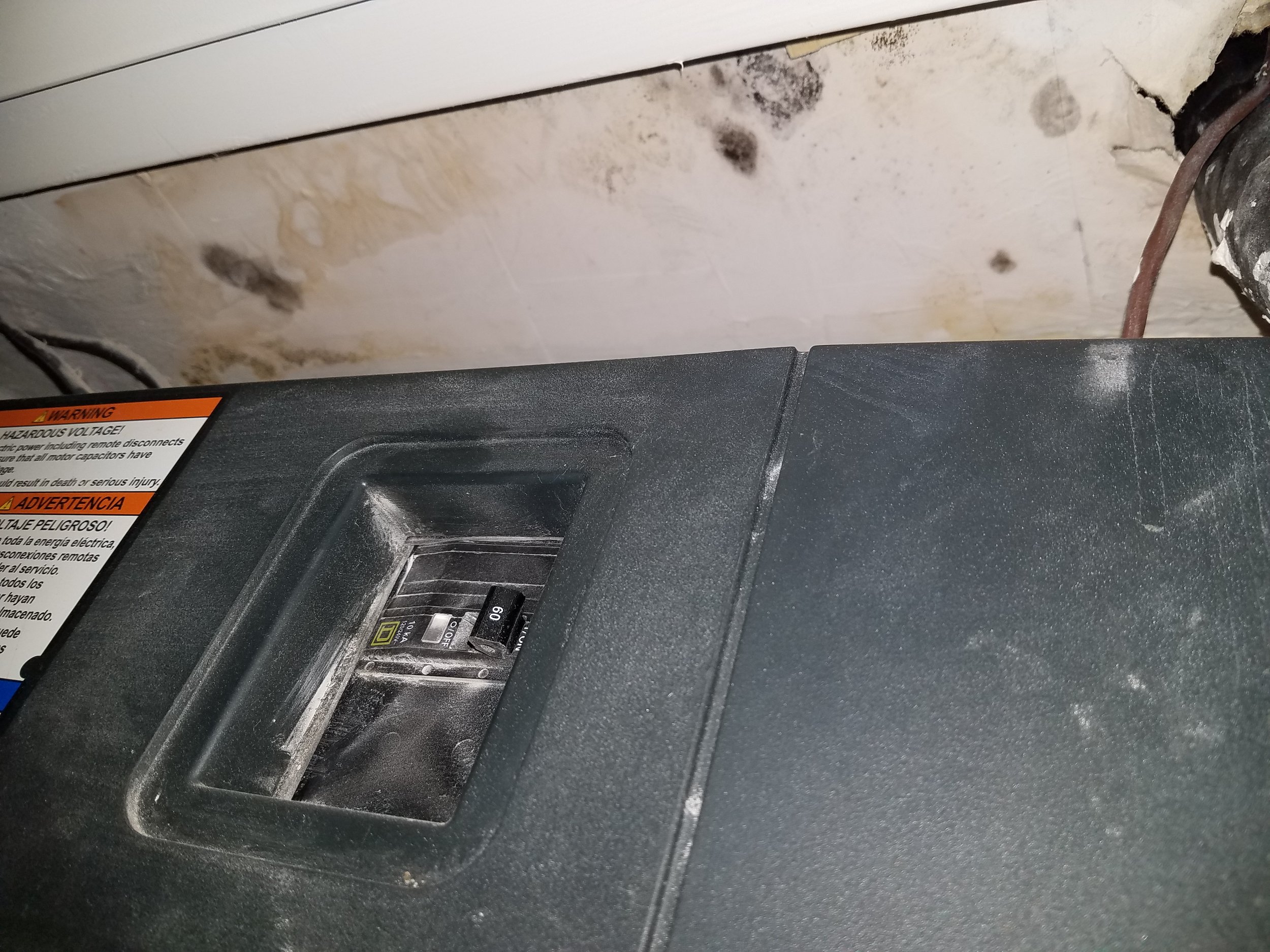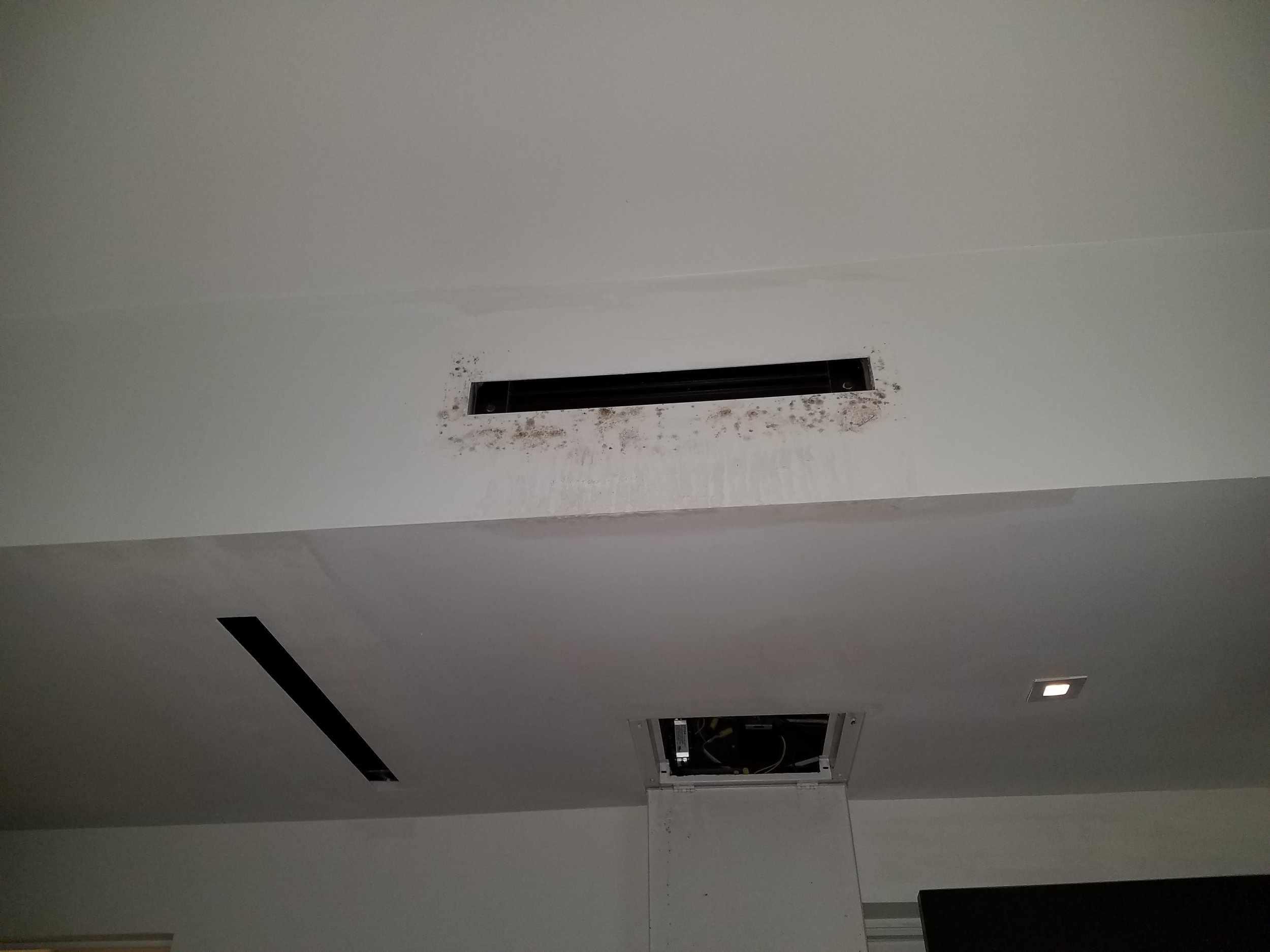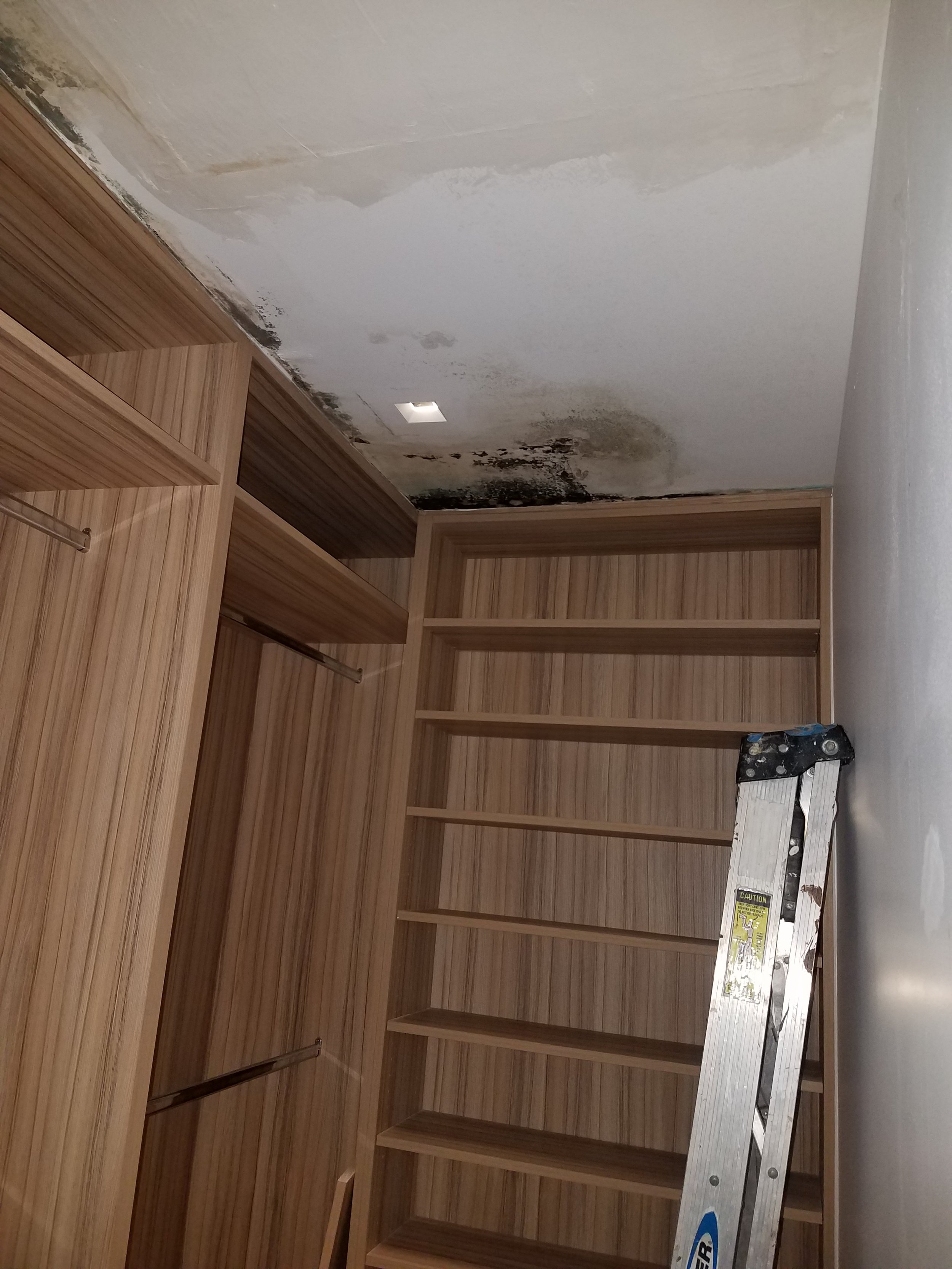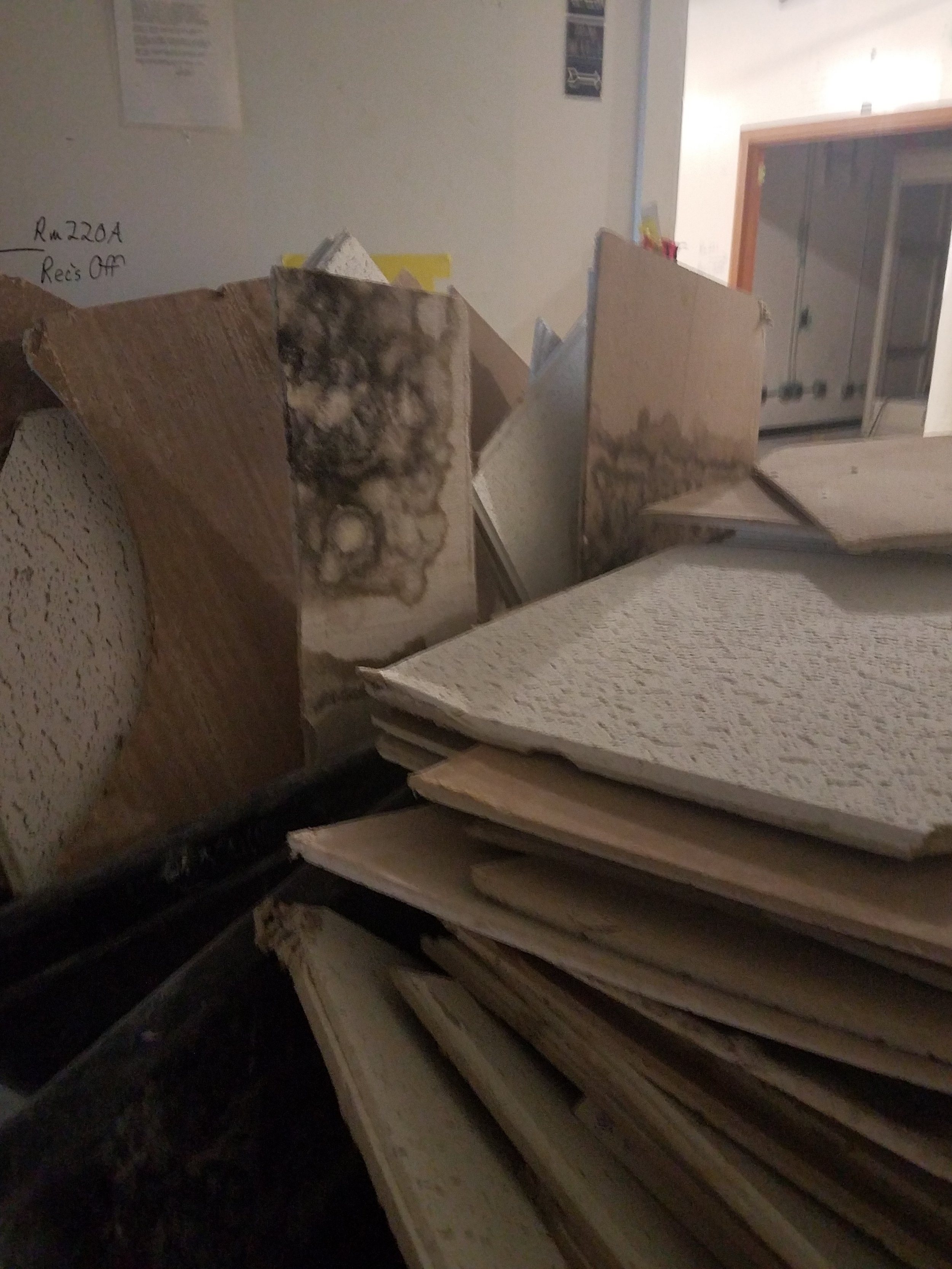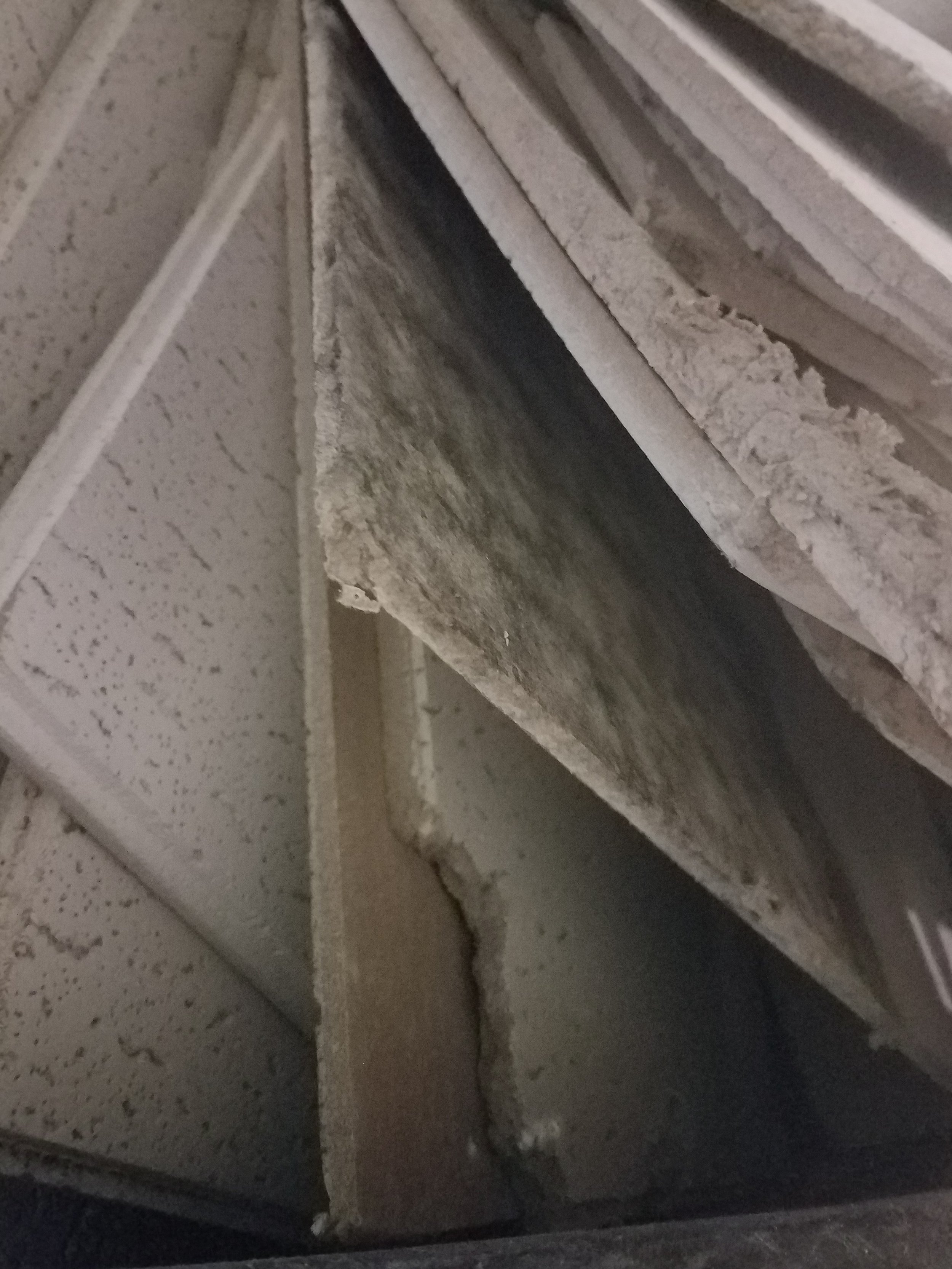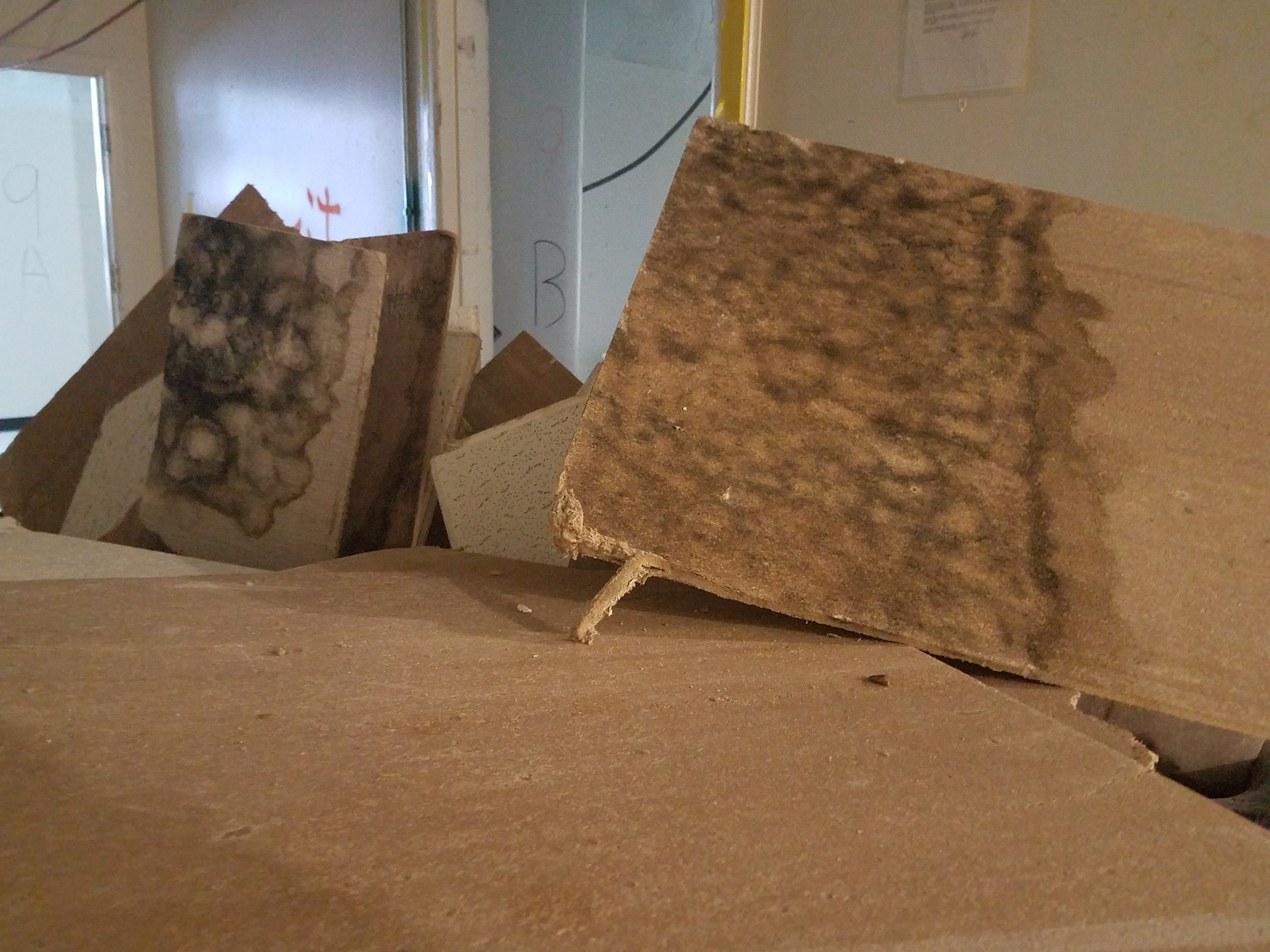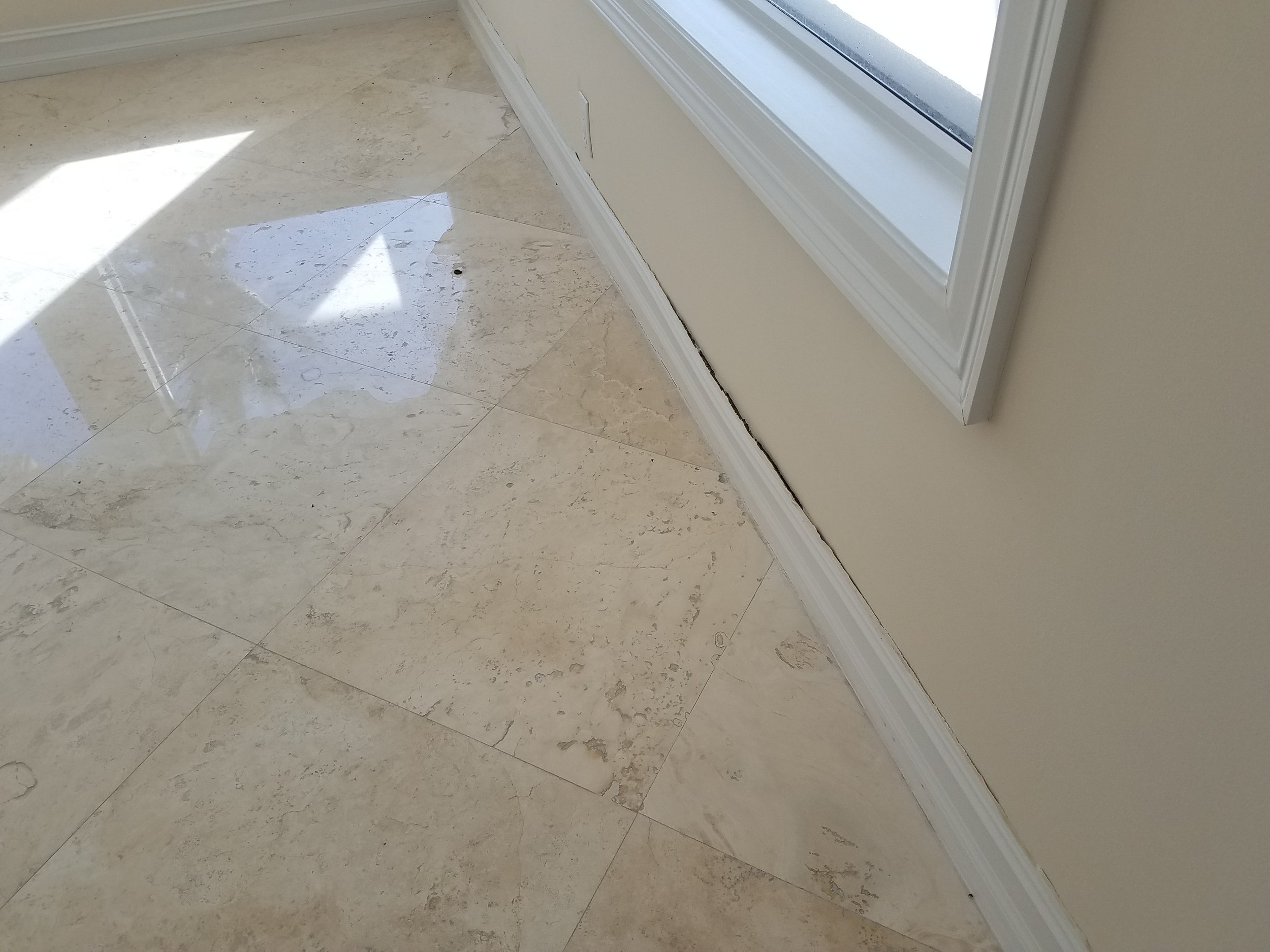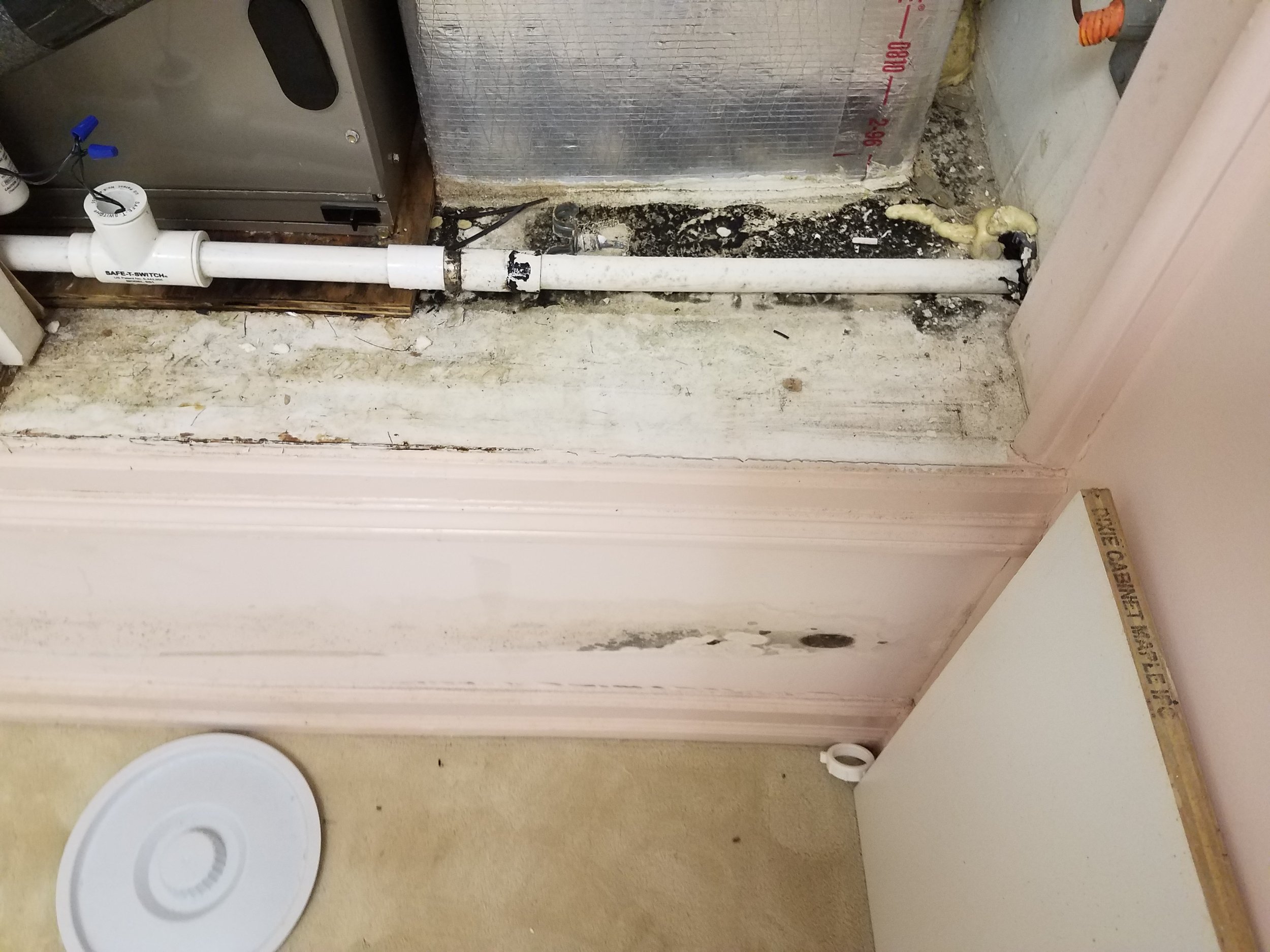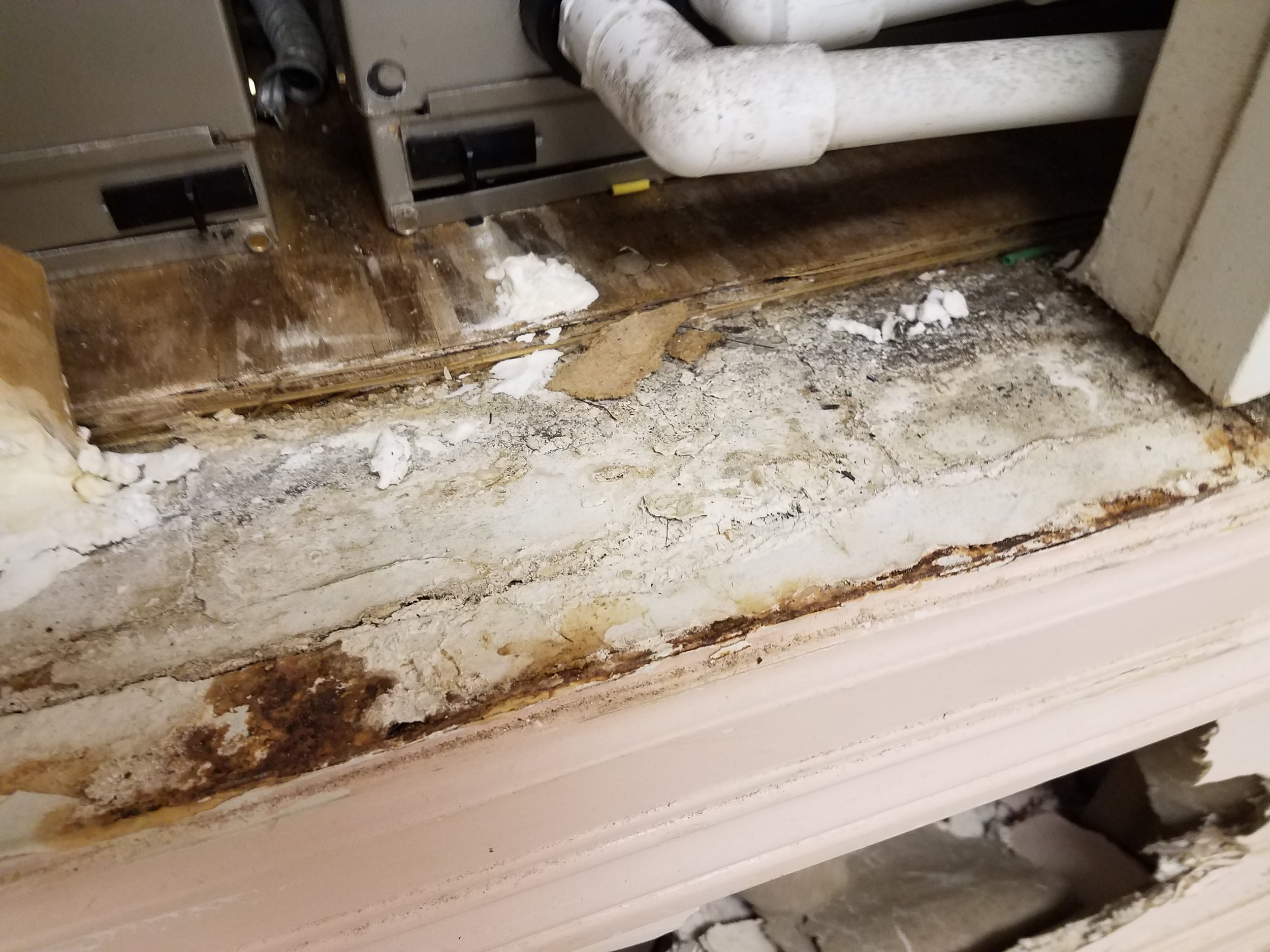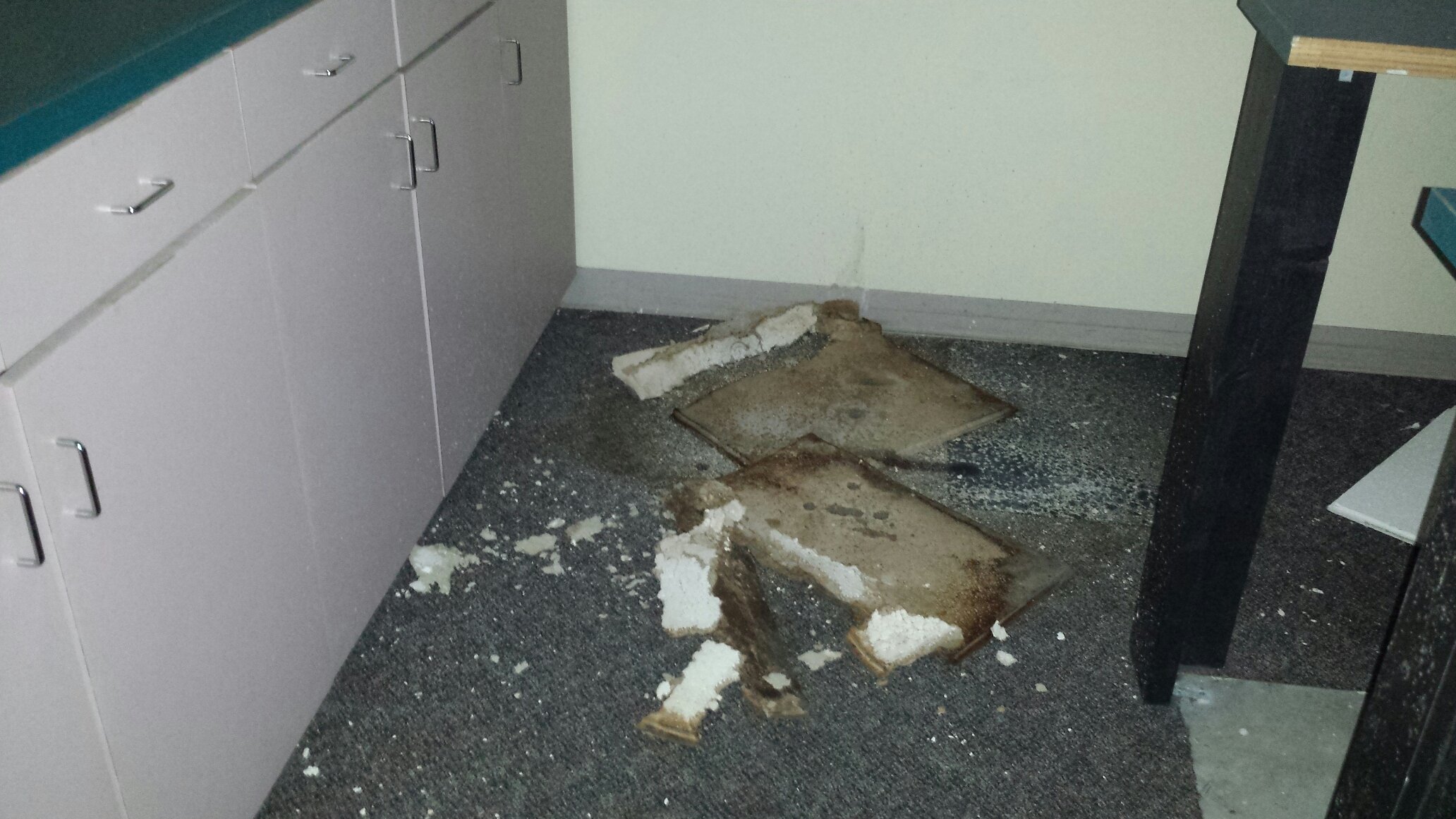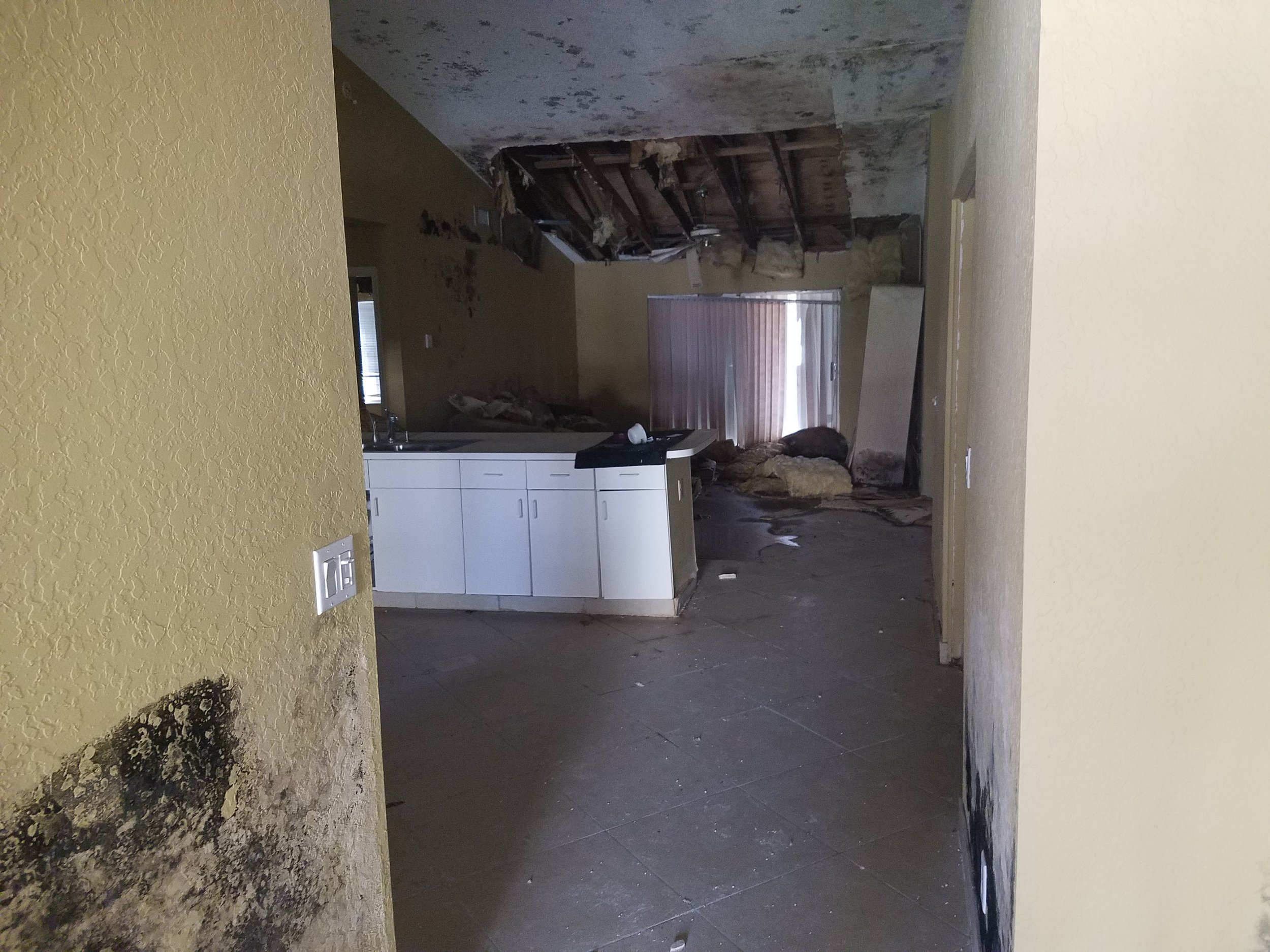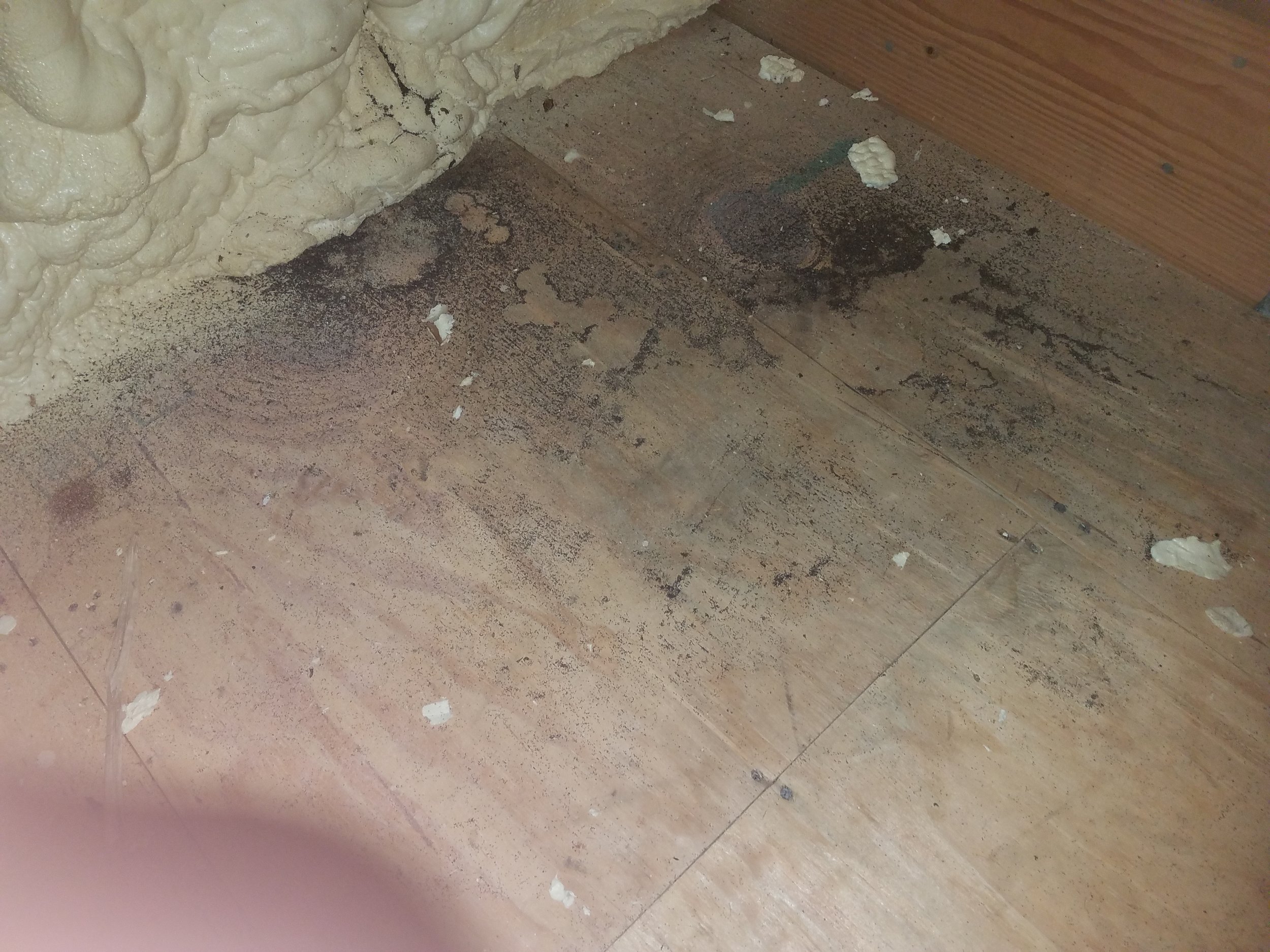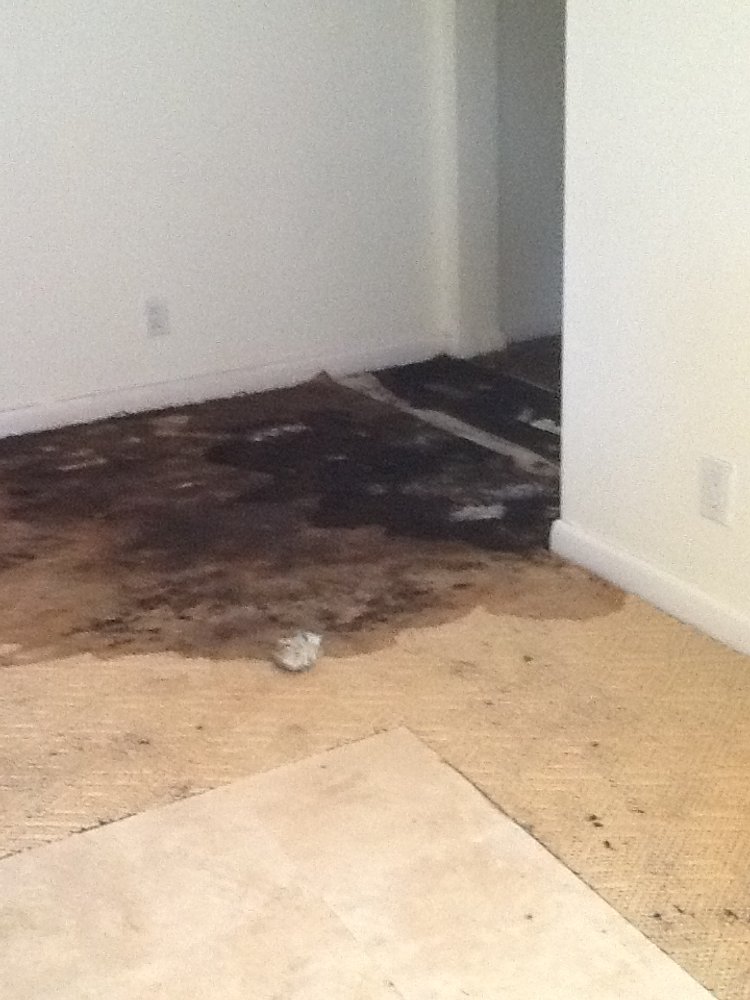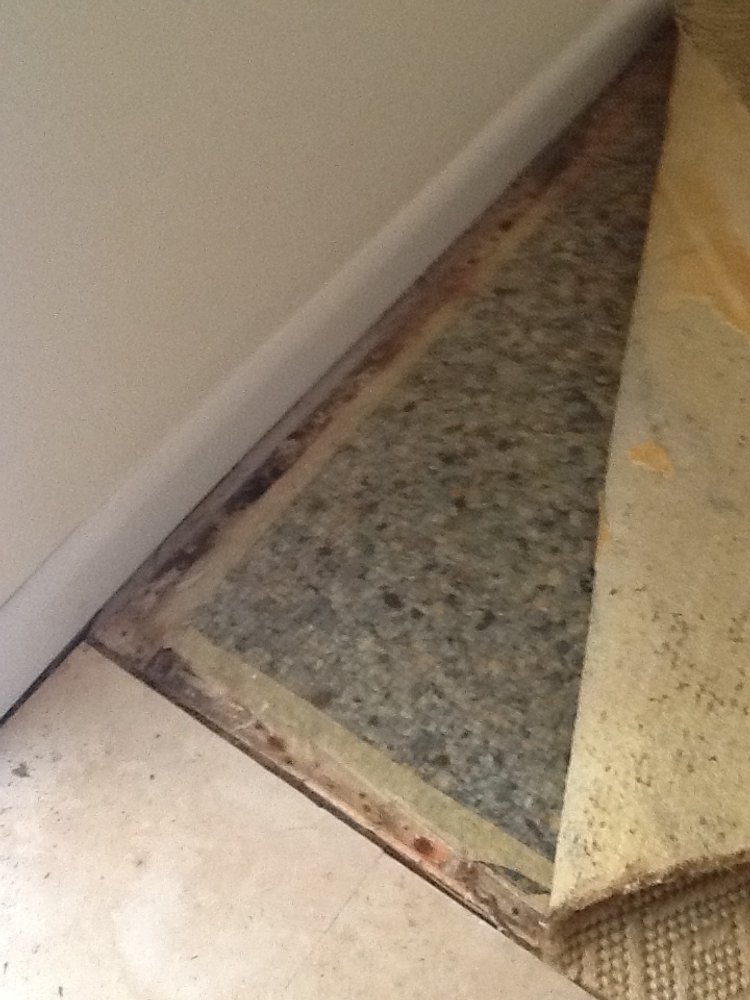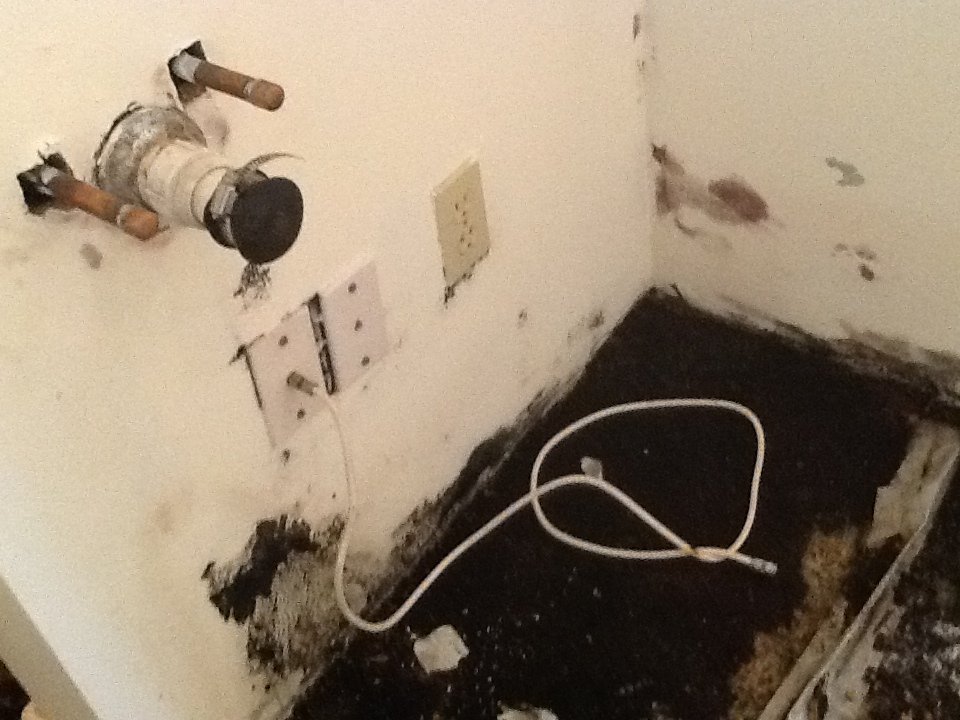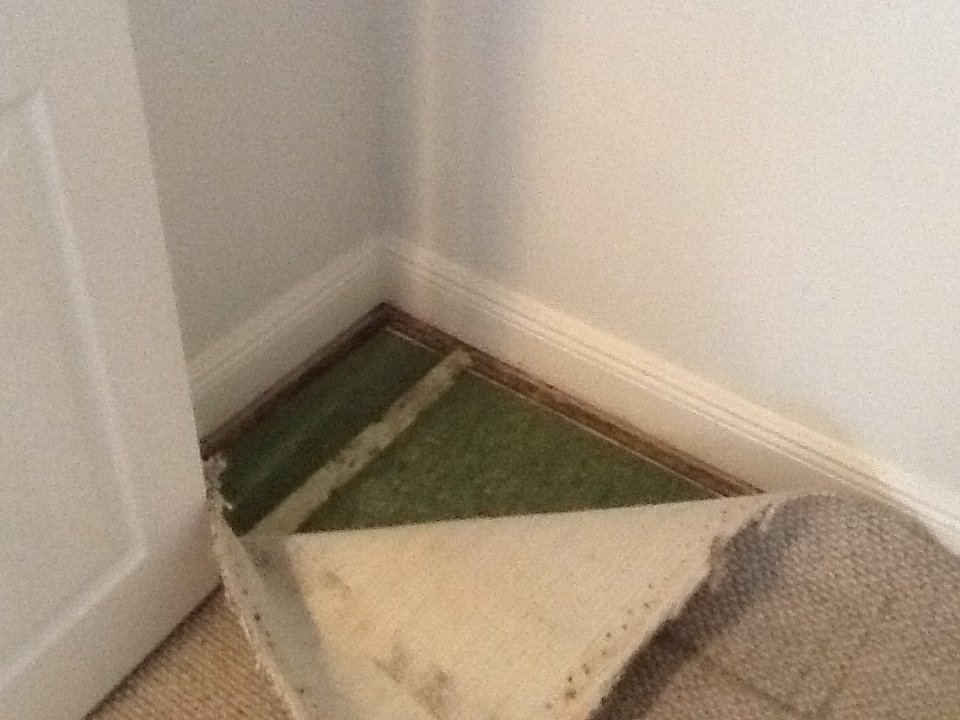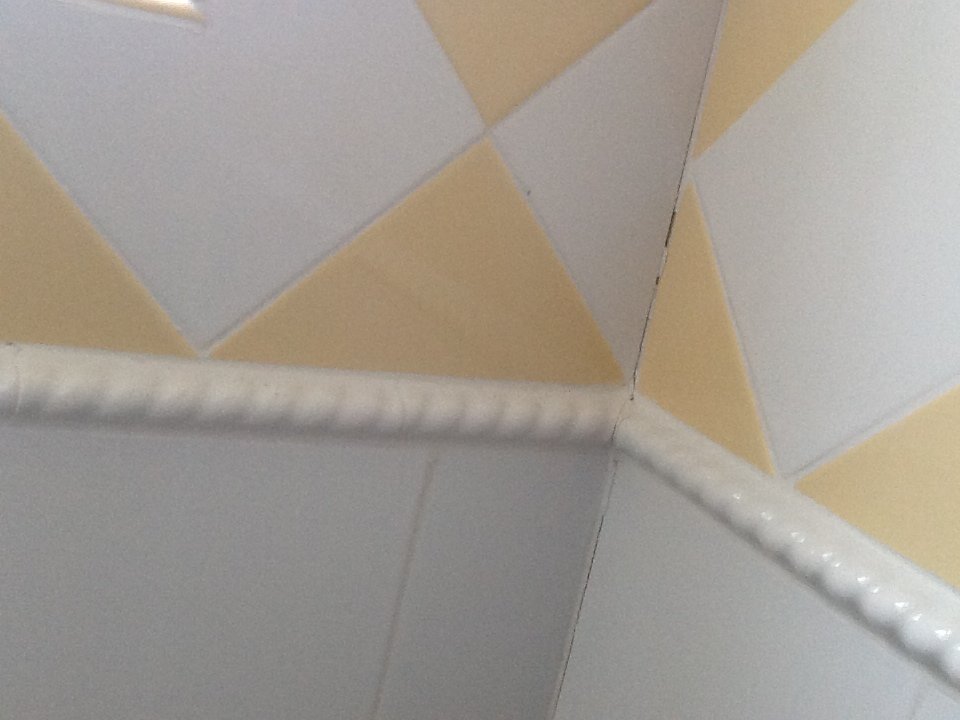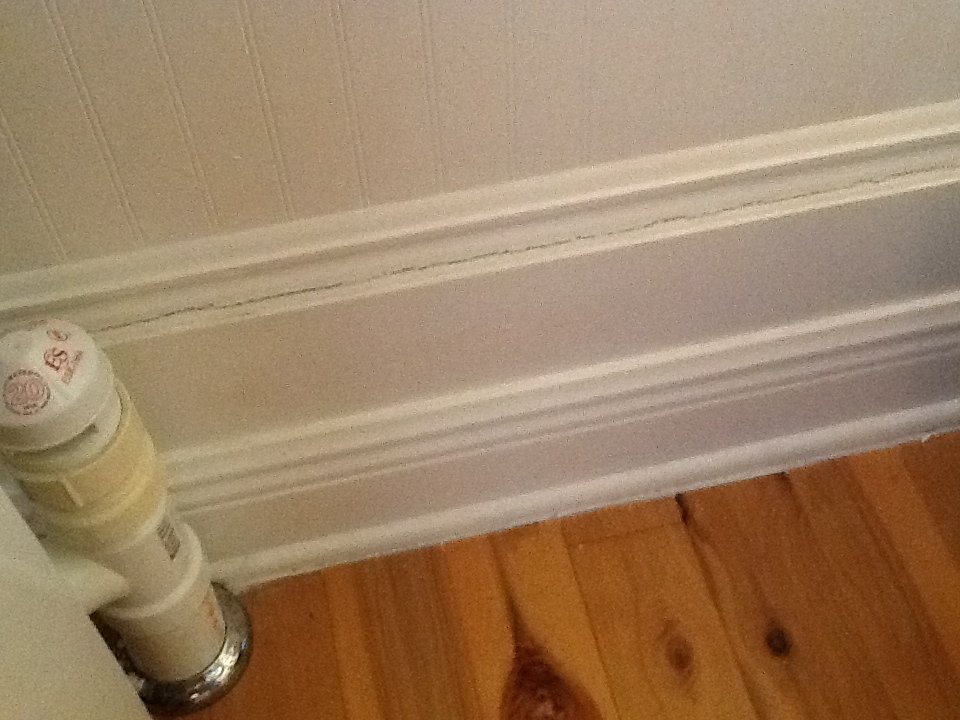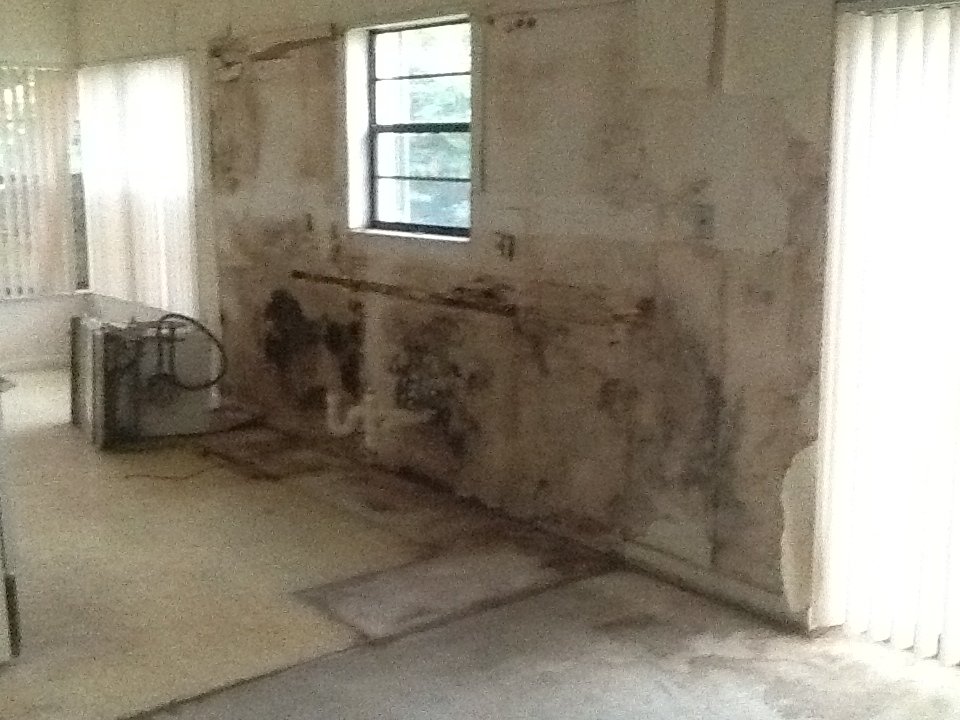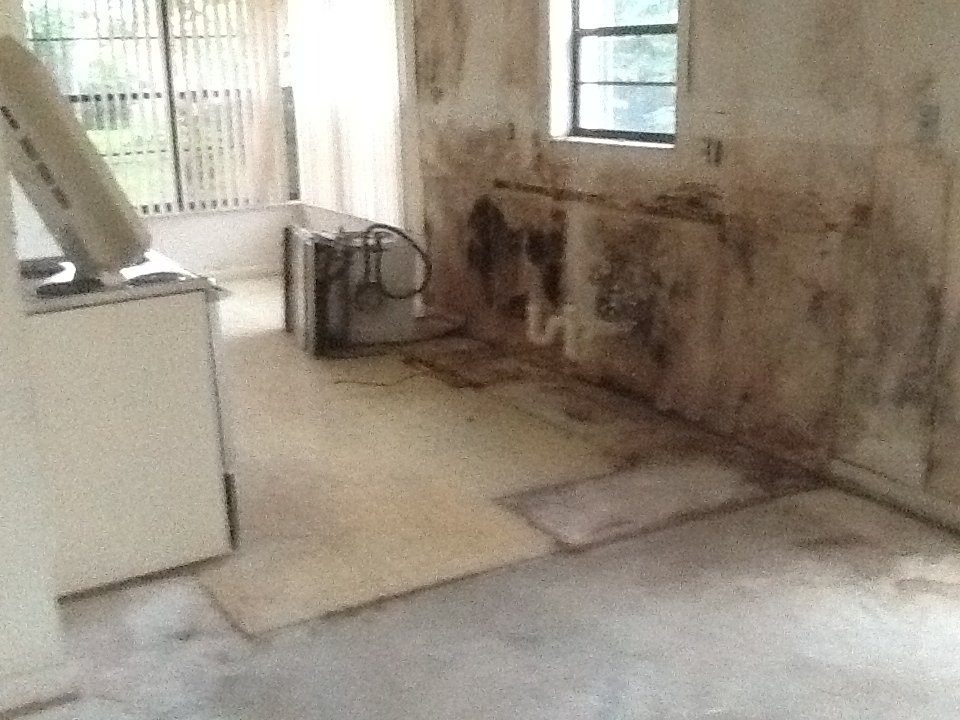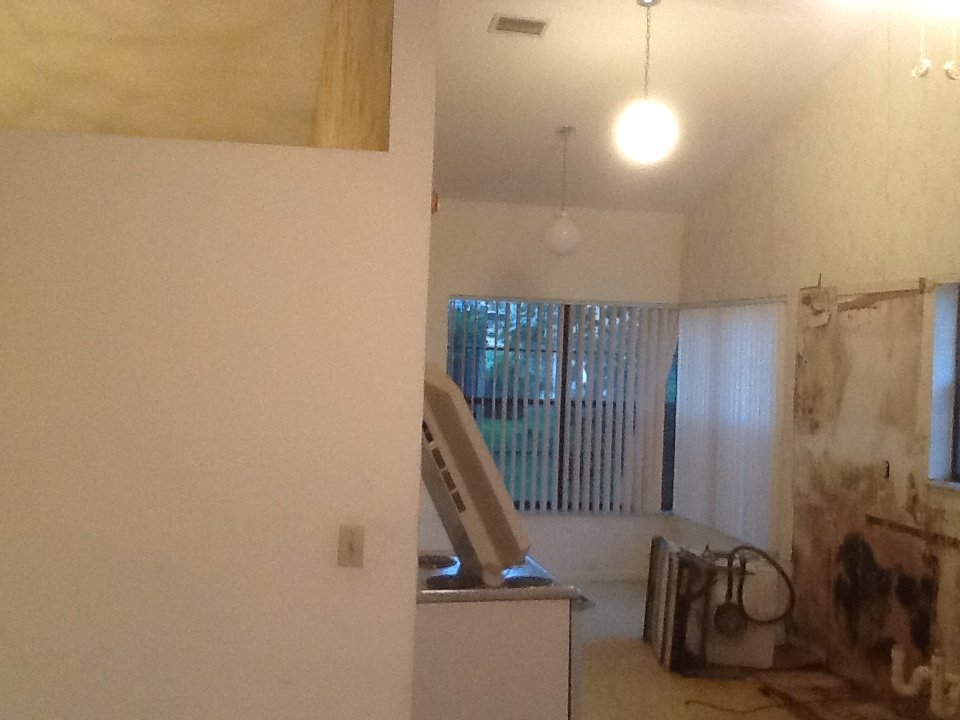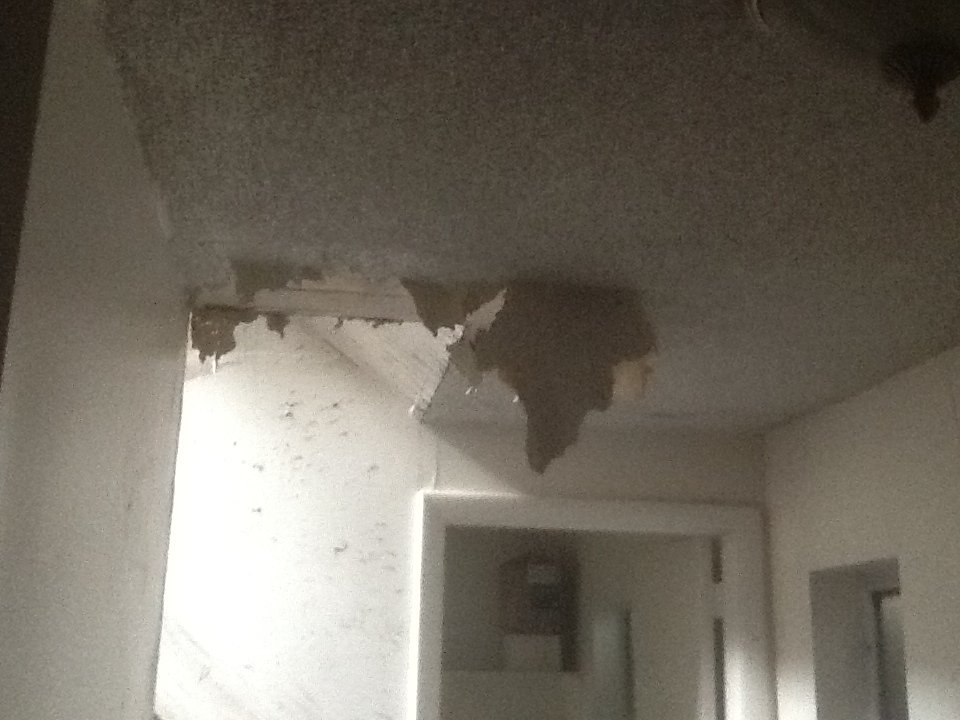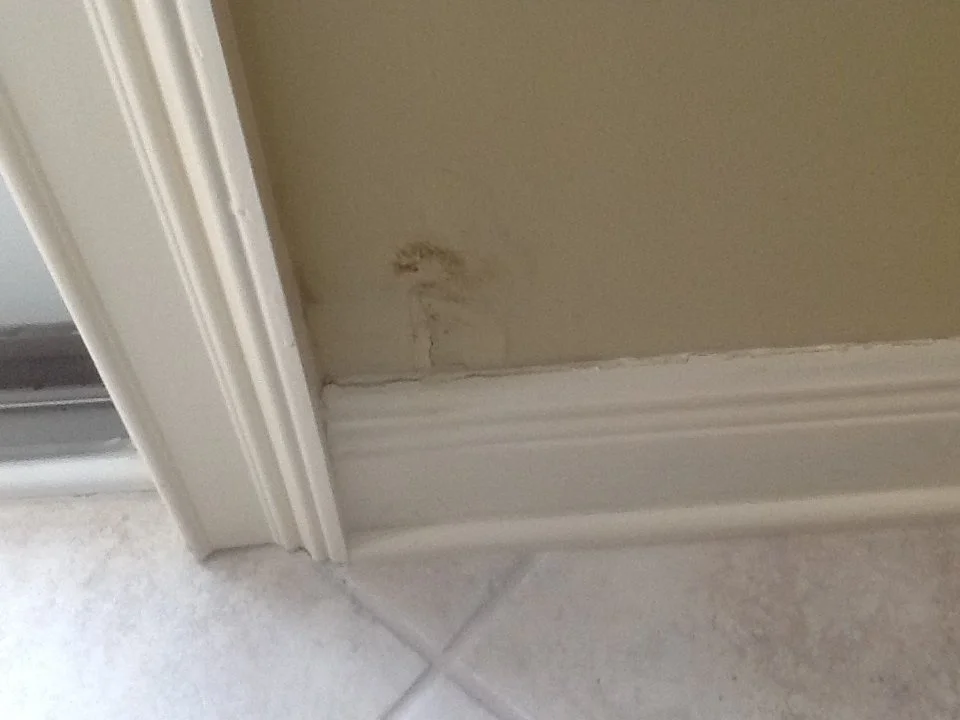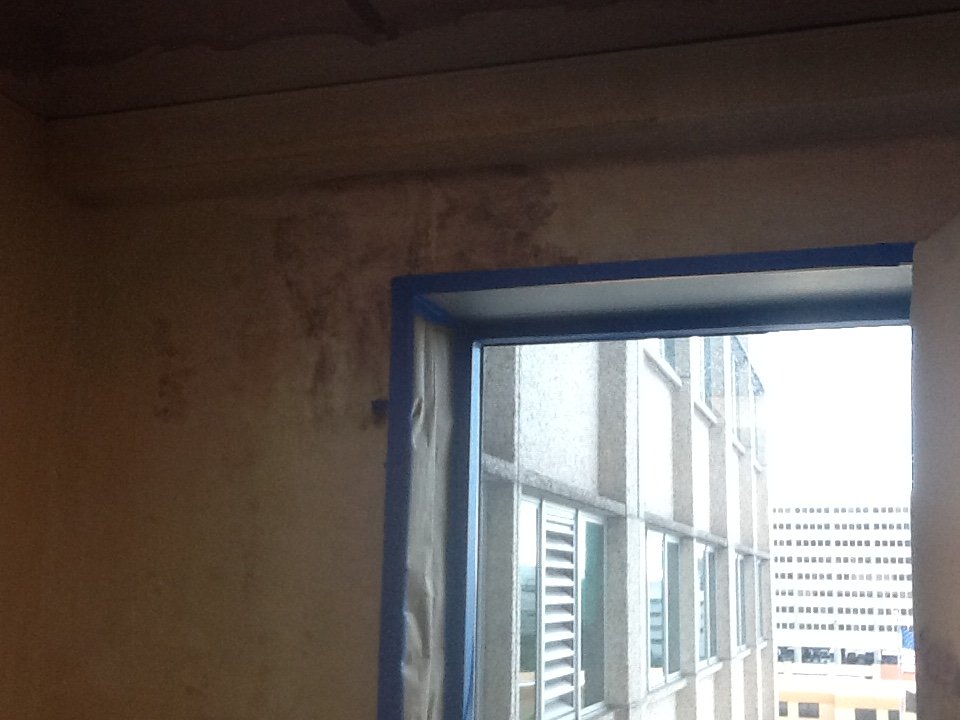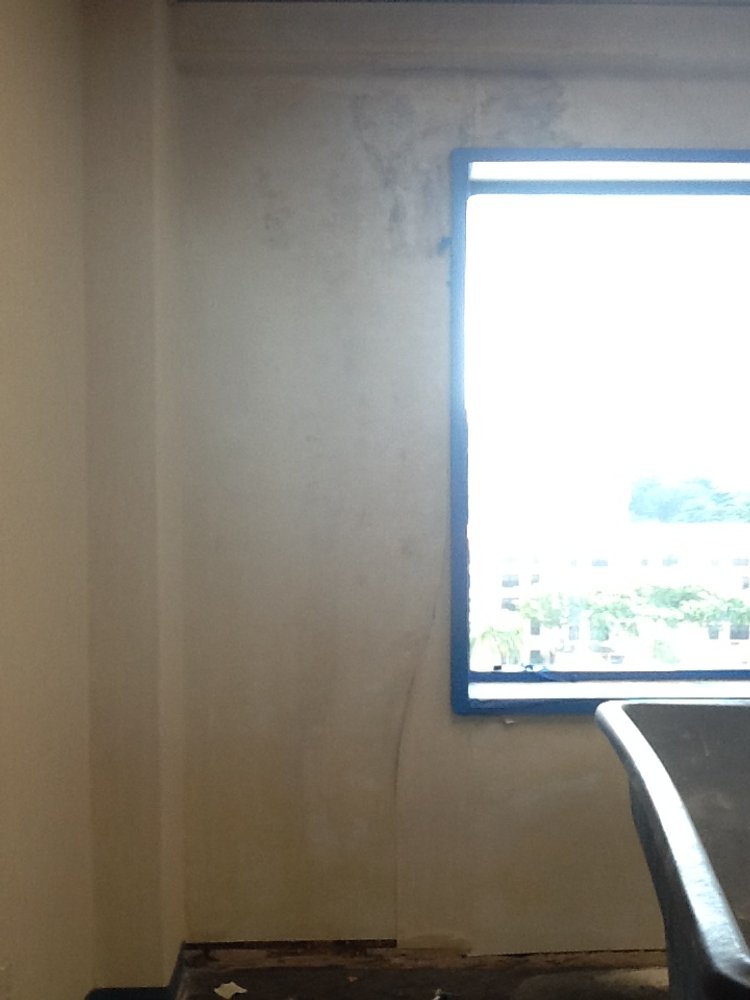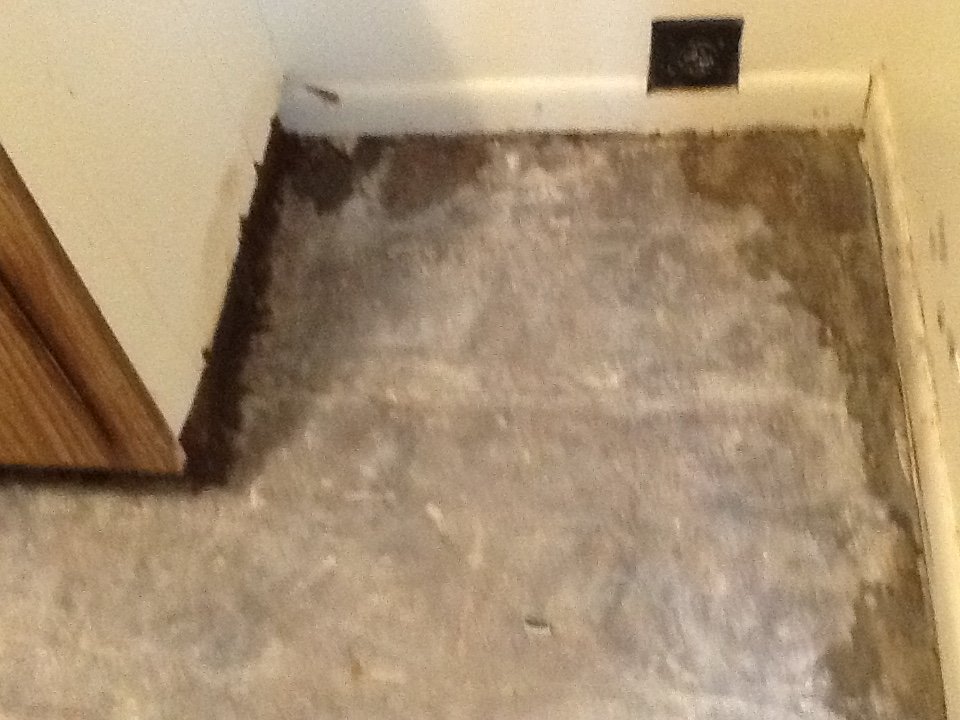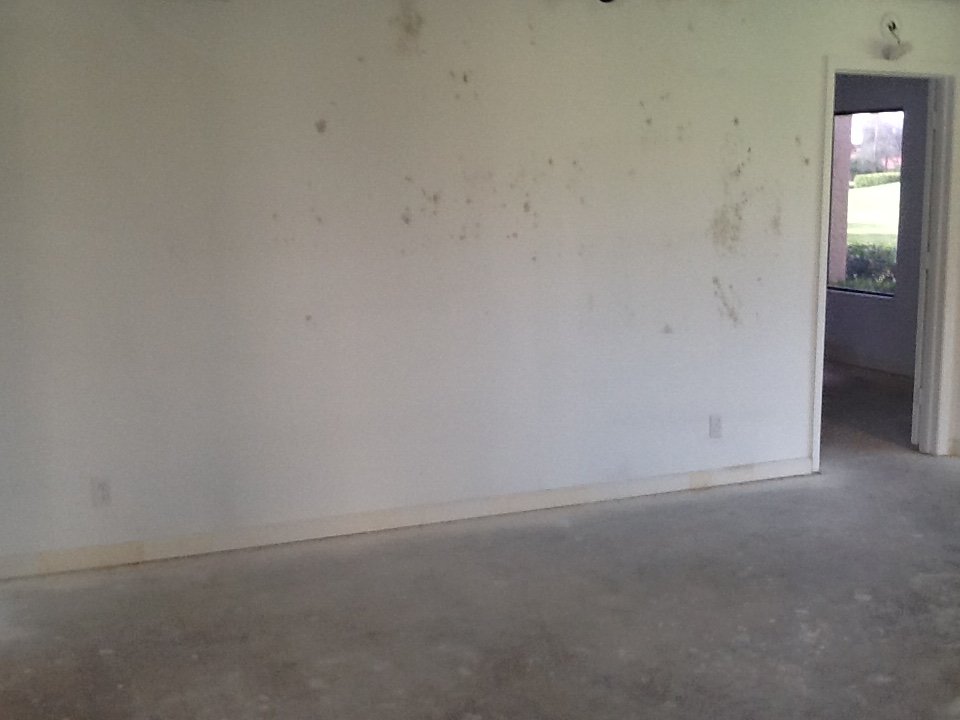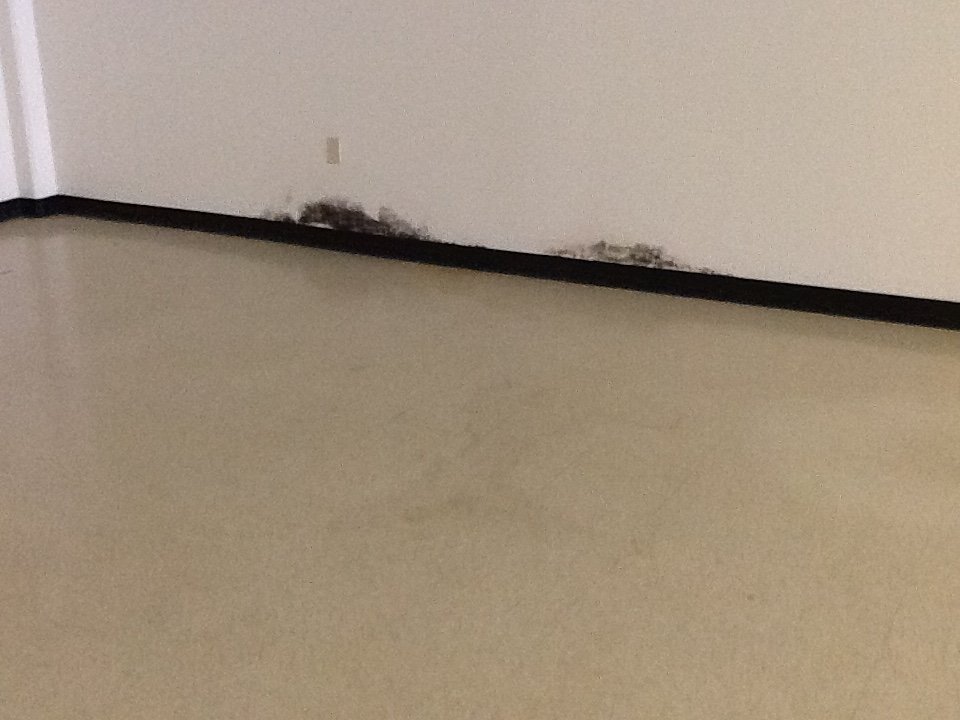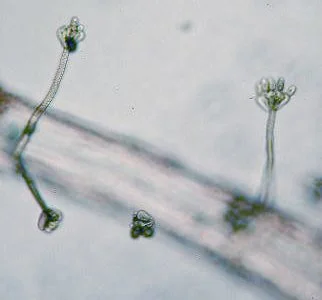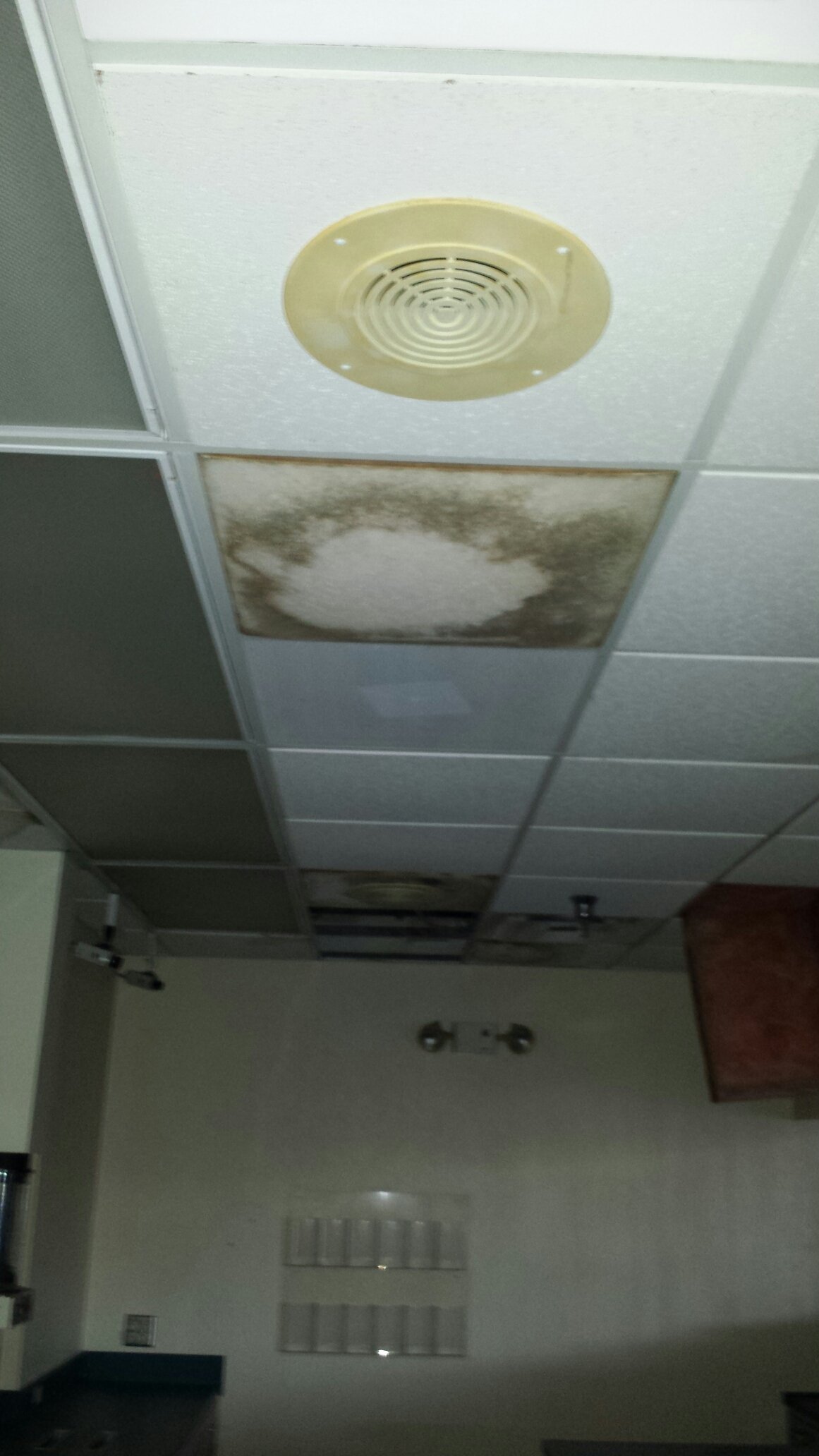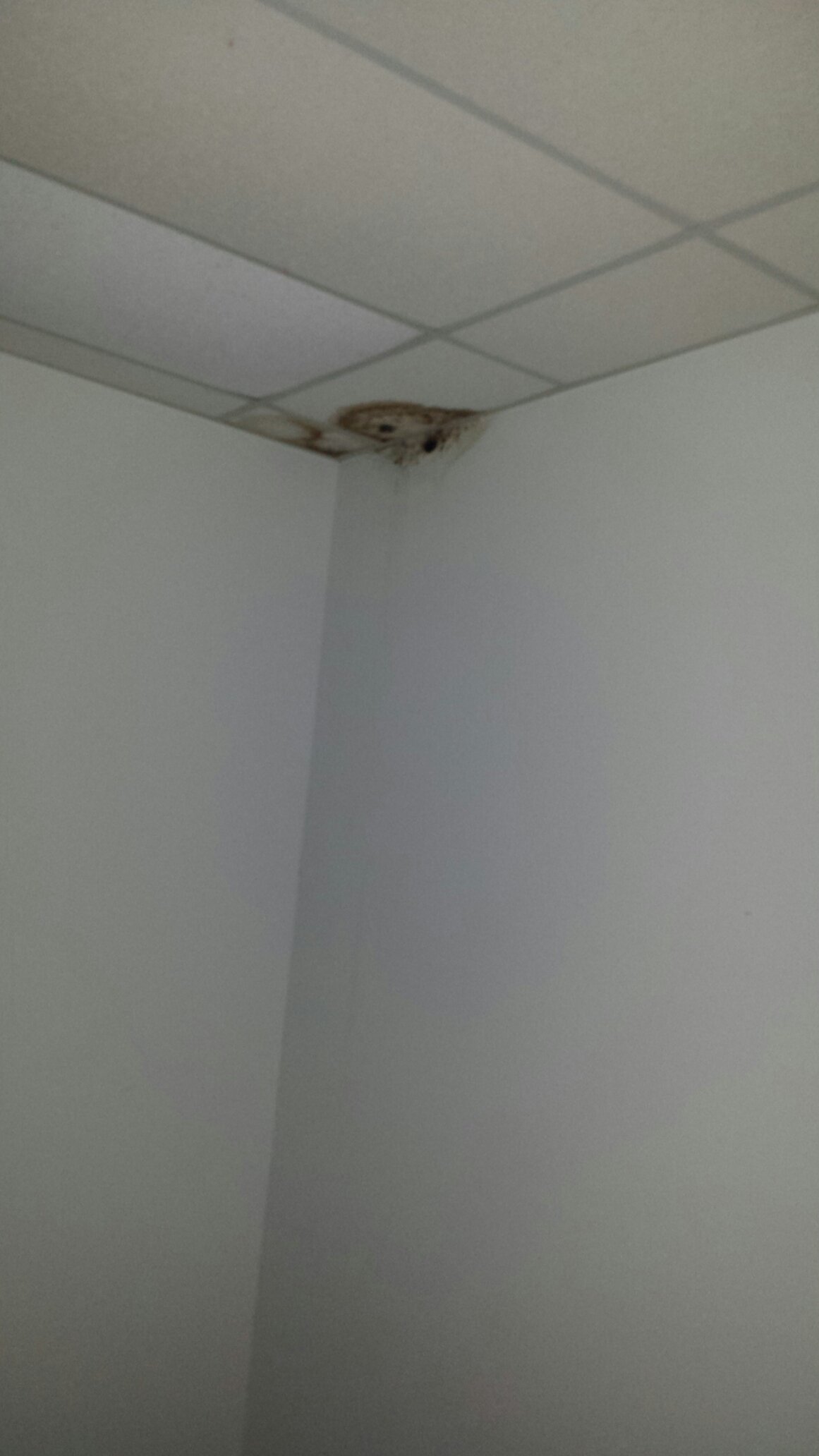Five tips to prevent mold growth after flooding from a storm.
After a major storm, such as a hurricane, it's important to take care of any water damage from flooding as soon as possible. If you don't, mold can start to grow and cause even more damage. Here are five tips, on how to prevent mold after water damage.
1. Address wet carpets, walls, and ceilings immediately.
Mops, shop vacs, floor squeegees, floor fans, towels, and drying agents such as dehumidifiers or damp rid can help speed up the drying process. If you have any water-logged ceiling tiles or drywall, remove them. The faster you address moisture, the less likely you are to create an environment where mold flourishes.
2. Dry out the rest of your home as quickly as possible.
Use fans and ventilation to dry out the remaining wet areas. Open cabinets, closets, crawl spaces, and attic access points to allow airflow. Move major appliances such as washer machines, dishwashers, and refrigerators away from the wall. Insure that carpet padding is still not wet. Often even after the carpet is dry, there may be moisture underneath. Assuming there is no longer rain, open windows to create a cross breeze. The trick is not to allow warm, damp air to linger.
3. Remove any water-damaged furniture or belongings from your home.
Waterlogged furniture, such as wet mattresses or couches can slow down the drying process in the home. If the furniture is salvageable, store them in an area that will not delay the drying time. Often a block garage, patio, or shed can be used. Just make sure the area is also well ventilated, as mold can easily occur on fabric, wood, and other materials used in furniture. While it's important to protect your home from mold, you don't want mold on your furniture, either!
4. Disinfect surfaces that were affected by water.
After you have addressed the water damage/remaining moisture, it is important to make sure all surfaces are wiped clean and disinfected. This will help eliminate any mold spores that may be present.
5. Check for any damage that may have occurred during the storm.
Even if you did not have water leaks DURING the storm, debris or wind may have caused damage which of course can cause problems later on. Inspect your roof tiles, attic, walls, air ducts, water lines, and window frames. Address any problems immediately. Spending just a couple of hours inspecting your property can save you lots of time, money, and headache before another storm occurs.
Dealing with the clean up and aftermath of a storm can be stressful, but if you address the problems as quickly as possible, you can prevent further damage and health concerns that may follow once it has passed.
Gallery: See images of mold at past Best-Tec projects…
